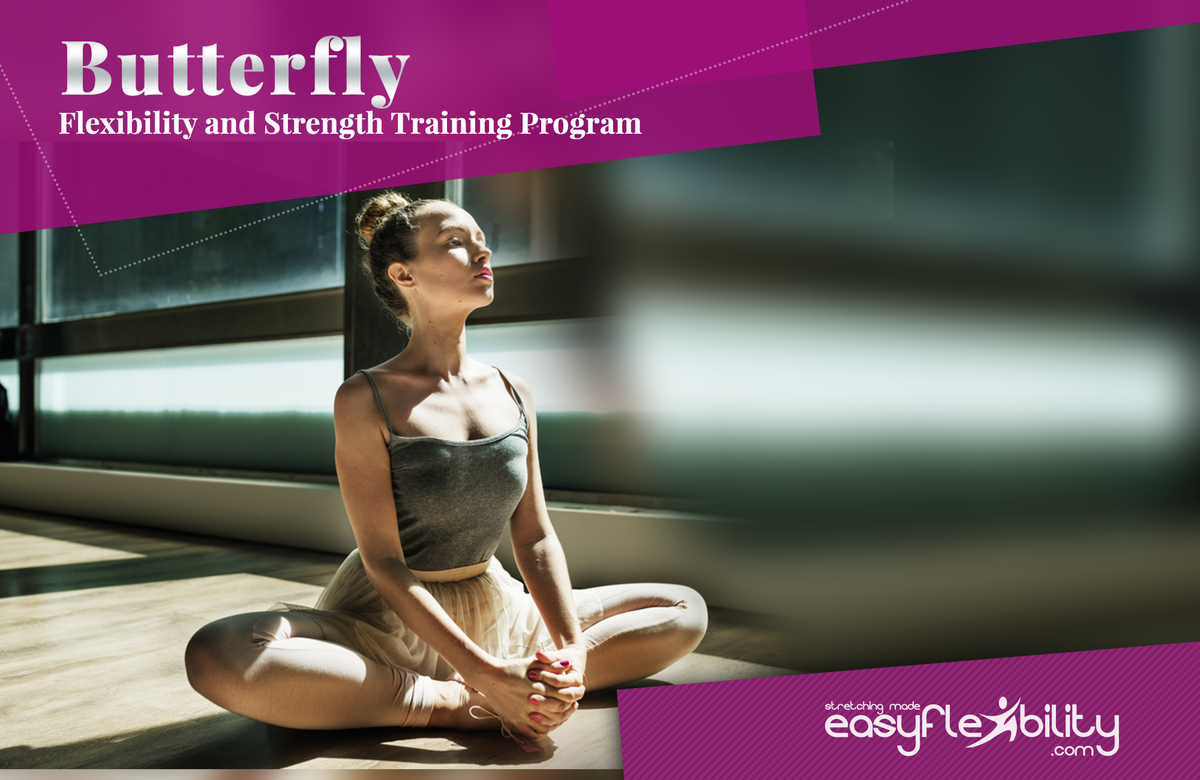
- #Butterfly position how to
- #Butterfly position series
Once they have the idea of biting (#1), and once they can feel the lateral margins (#2), I teach them to combine the two, and bite the back lateral margins. This gives them a tactile idea of the back lateral margins of the tongue. I brush, rub, or tap the sides of the tongue with something textured like a toothbrush or a Nuk. I teach them to bite a tongue depressor or a Nuk brush in the back at the molars on both sides, so they get the idea of biting with the molars. In therapy, I encourage all the activities described above using toothbrushes or Nuk Oral Massage tools, and I do a few more things to teach the actual Butterfly Position: But if they can do it, it is a fantastic tool! This above all else teaches the client to spread the back lateral margins of the tongue. Make sure to follow sanitary procedures.) This one also can be hard for a preschool child to grasp. (I suggest you do it to yourself a few times so you know what it should feel like. Then use the tongue muscles to force both sides of the tongue toward both sides at the same time. Then squeeze the finger and thumb together to pinch or squeeze the tongue body toward midline. 
#Butterfly position how to
I teach them to actively spread the sides of the tongue laterally by teaching them how to grab the tongue and pinch it medially: Placing the thumb on one side, and the index finger on the other side, on the back 1/3 of the tongue.It also gives them a very clear idea of where the back sides of the tongue are. This stimulates the muscles there and influences them to increase tone. I teach them to take their toothbrush and brush each lateral margins forward-and-back three times.This stimulates the Tongue Bowl Reflex (TBR), which causes the tongue to flatten, flair, and elevate the lateral margins. I teach them next to take their toothbrush and brush forward-and-back along the midline of the tongue, up and back three times in a row.As such, strong upward, backward, and lateral movement of the jaw and lips influences the tongue to do the same. This is because of the process known as an Associated Reaction – moving one body part influences the movement of closely associated body parts. These movements will influence the tongue to pull up, back, and laterally. This gets them to pull the jaw up and back, and the lips back and lateral, into firm positions. I teach them to bite firmly at the molars, smile broadly to show all the teeth, and hold this position while counting to ten (or five, or three…).I teach them to brush, spit, rinse, and then:
#Butterfly position series
I give them a series of things to do everyday after they brush their teeth while looking in the mirror. So I have things I teach them to do at home, and I have other things I do in therapy.

And some regular old clients have difficulty, too. And children with lower cognitive skills have difficulty, too. I also have found that many preschoolers have a hard time understanding how to make the butterfly position. However, many of the preschoolers have a hard time understanding “biting the sides of their tongues.” Do you have a different way of approaching preschoolers when you want to stabilize the back of their tongues?
Baddha Konasana should be avoided by ladies if menstruating or should be performed under guidance of a yoga expert during those days.Q: I use your “ butterfly position” on many school age kids and most of them are able to understand it and follow directions. Be slow and careful while doing the asana as in almost all the yoga asanas, as being quick is not what is called for in any yogic Asanas. Be careful while bending if you suffer from High blood pressure or any cardiac problems. This asana should be avoided in case of Groin or knee injury. Traditional texts say that Baddha Konasana destroys disease and gets rid of fatigue. Consistent practice of this pose until late into pregnancy is said to help ease childbirth. Therapeutic for flat feet, high blood pressure, infertility, and asthma. Helps relieve the symptoms of menopause. Soothes menstrual discomfort and sciatica. Helps relieve mild depression, anxiety, and fatigue. Stretches the inner thighs, groins, and knees. Stimulates the heart and improves general circulation. Stimulates abdominal organs, ovaries and prostate gland, bladder, and kidneys. This pose not only increases fertility levels but also ensures a smoother delivery, if practiced till late pregnancy. For women, coupled with Sarvangasana, it aids the ovaries to function properly and removing irregular menses. 
The flapping of thighs also increases sperm count in men. It helps release any toxins and negative energy in the areas of hip and groin. Your pelvis, abdomen and back are stimulated by plentiful blood supply. The Baddha Konasana improves the flexibility in your private part and hip regions, as it stretches the inner thighs, genital and knees.







 0 kommentar(er)
0 kommentar(er)
